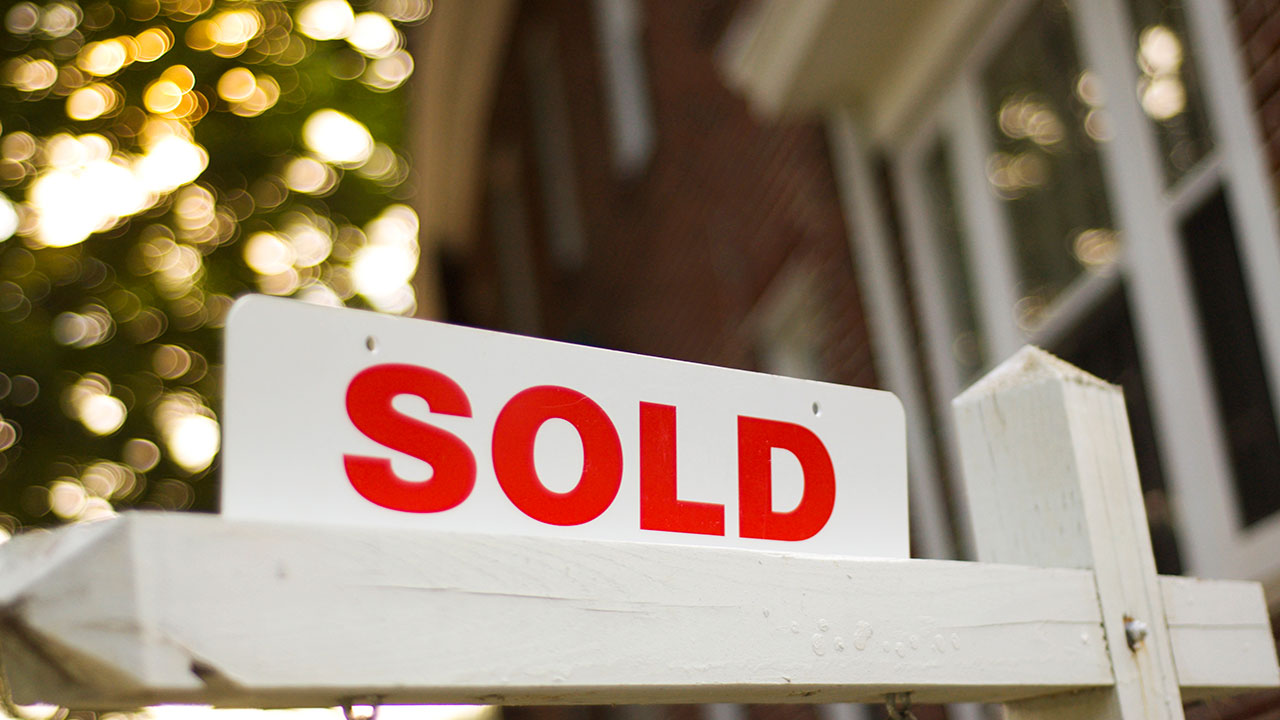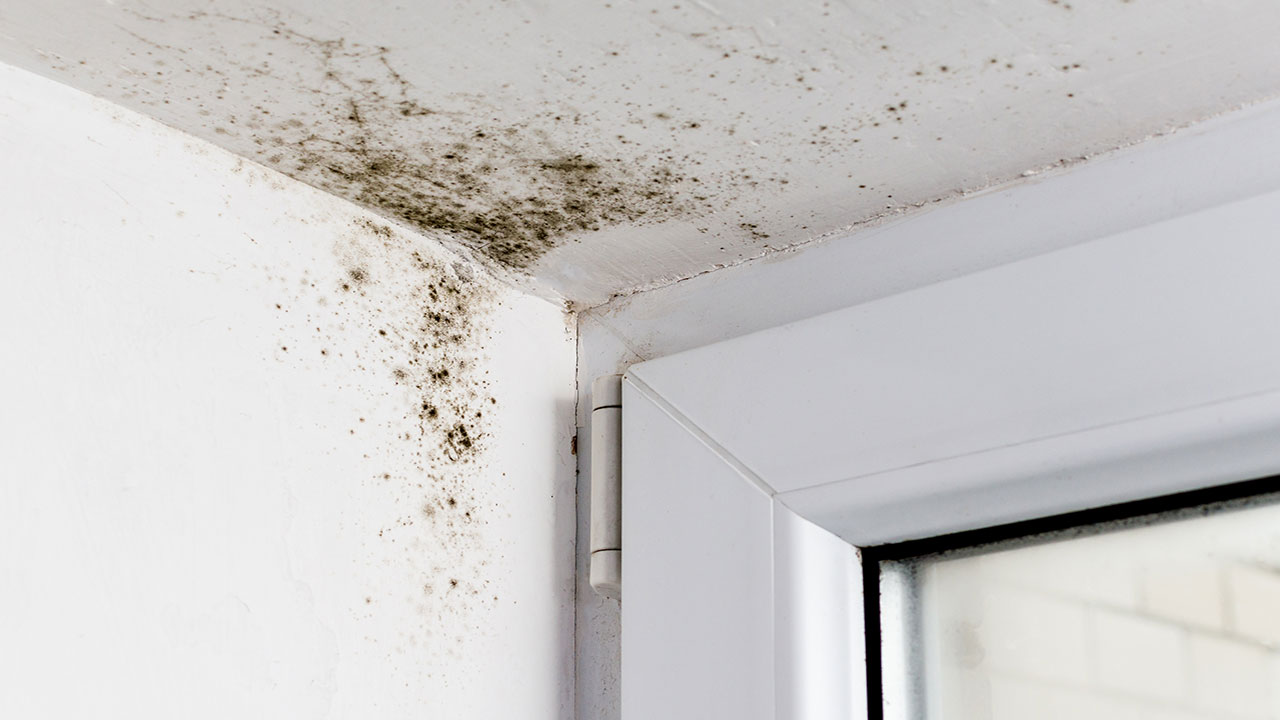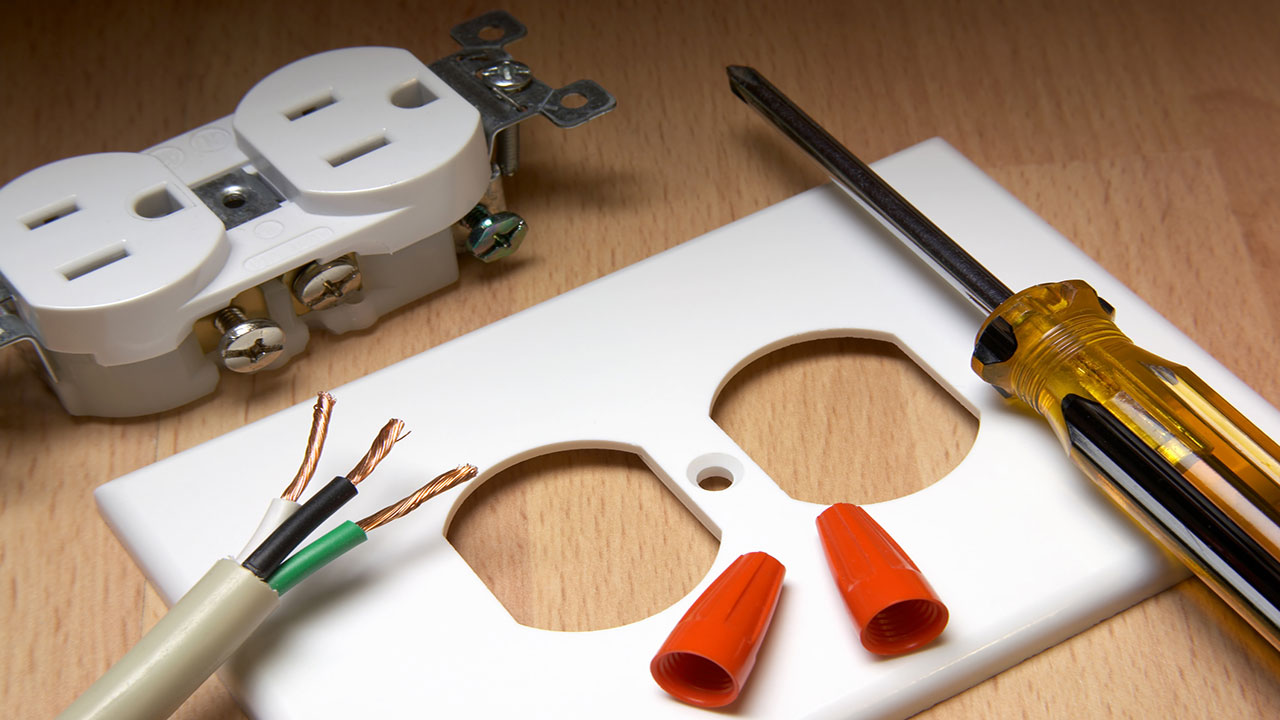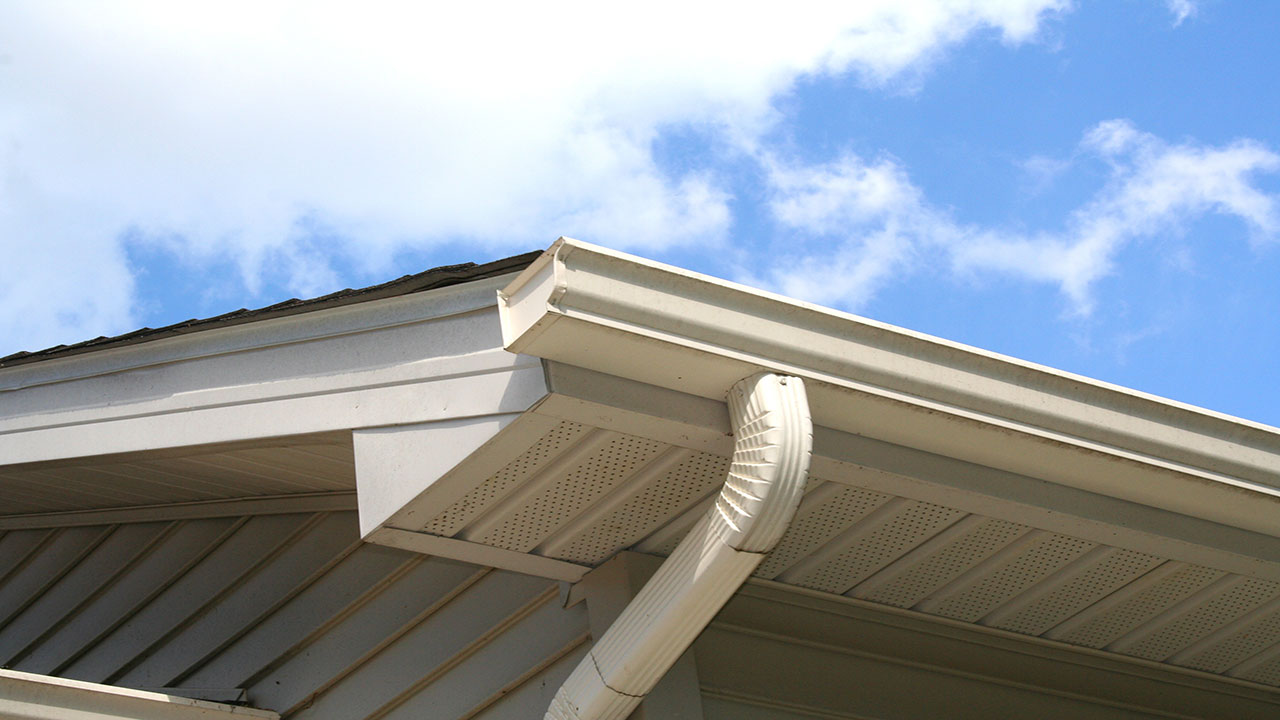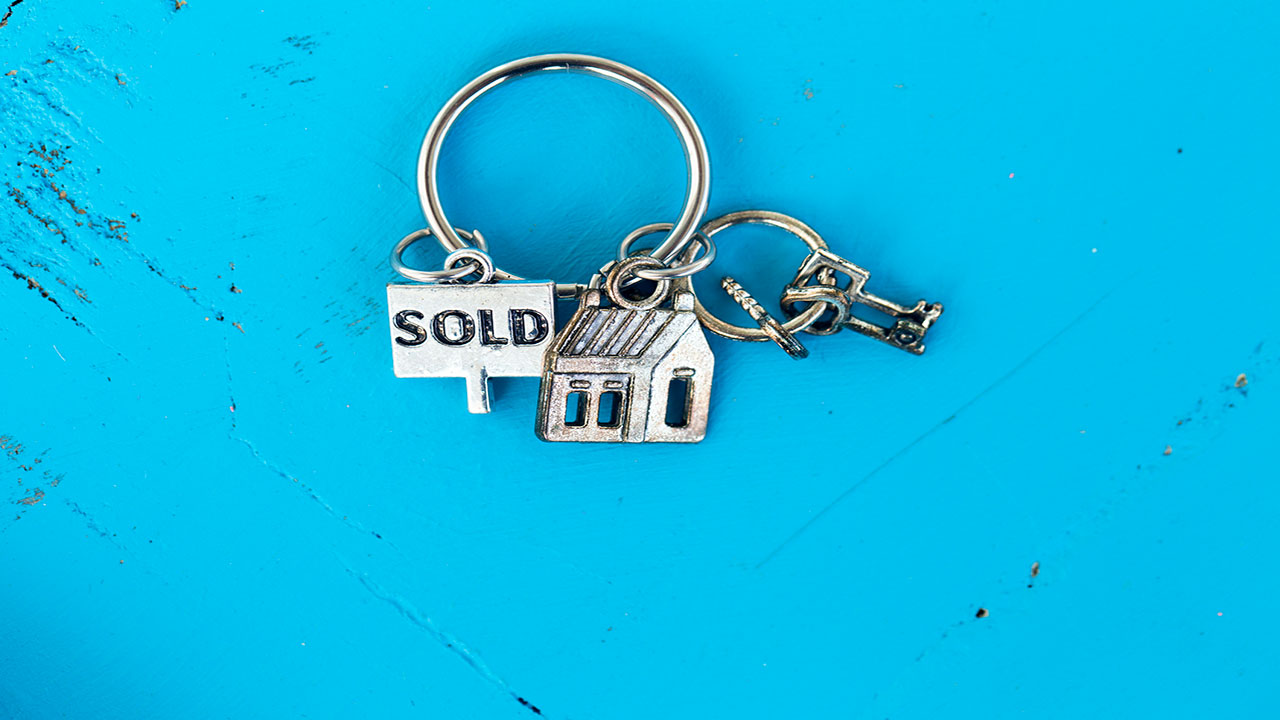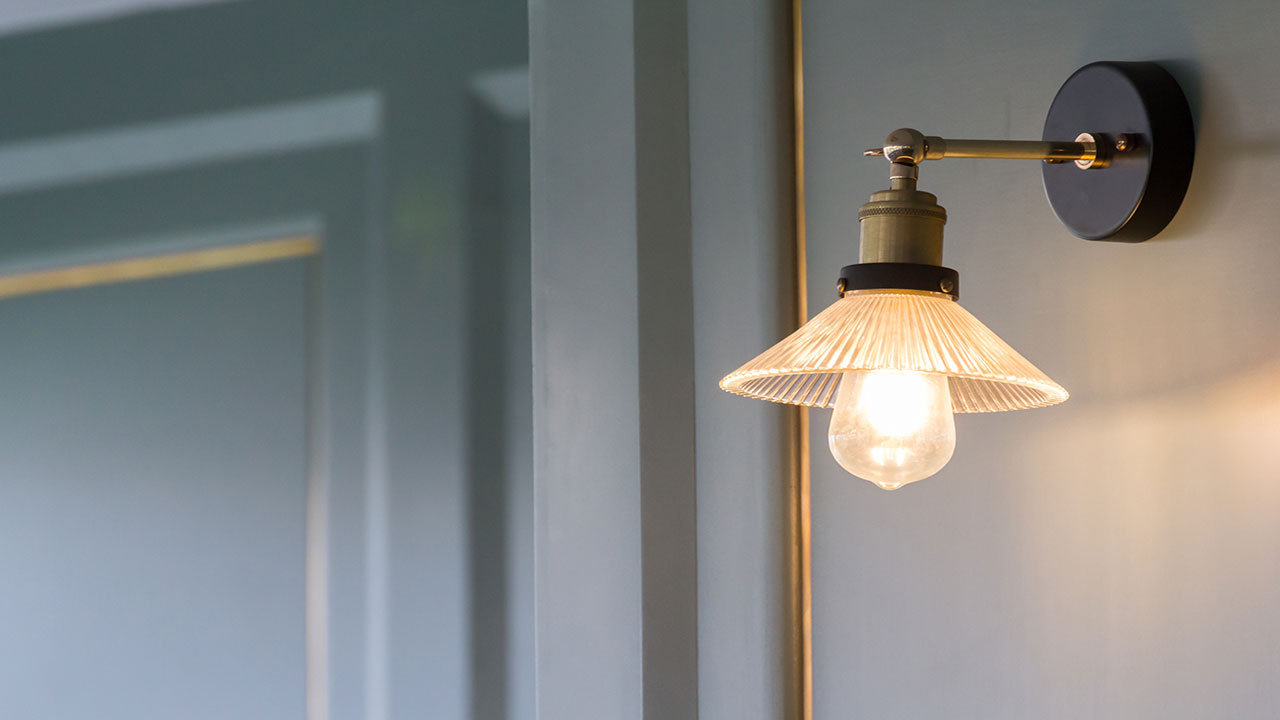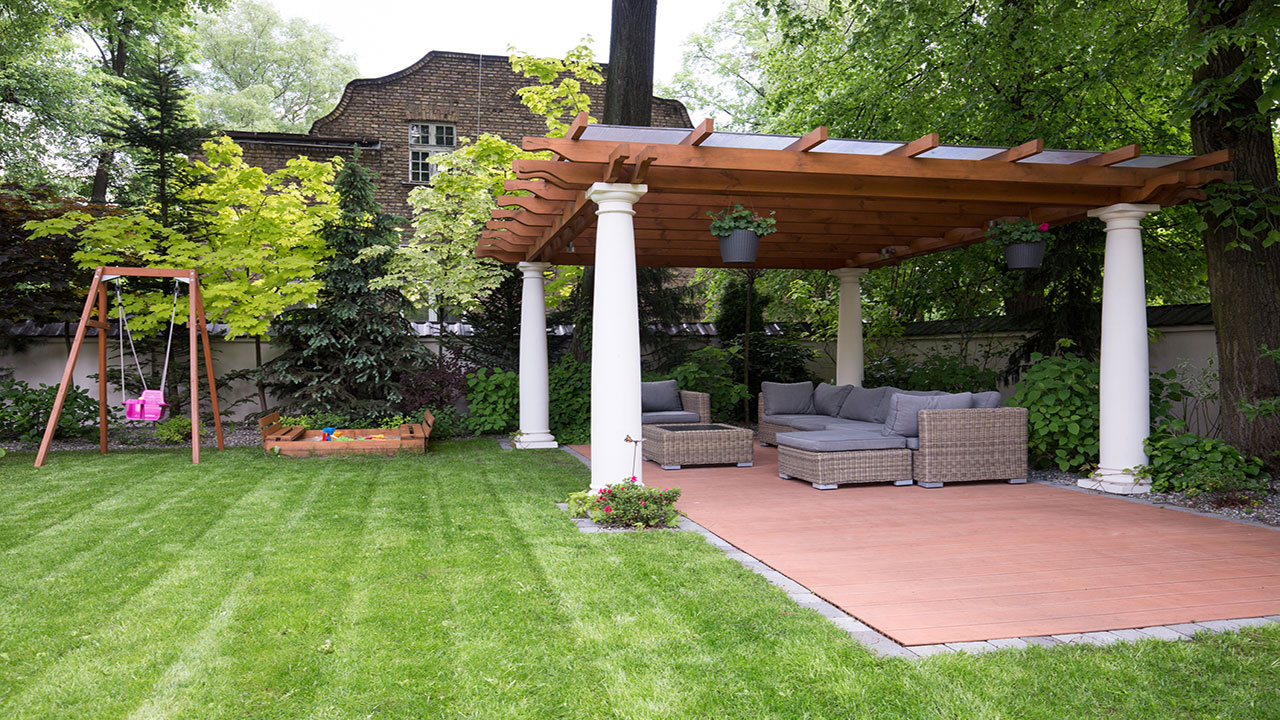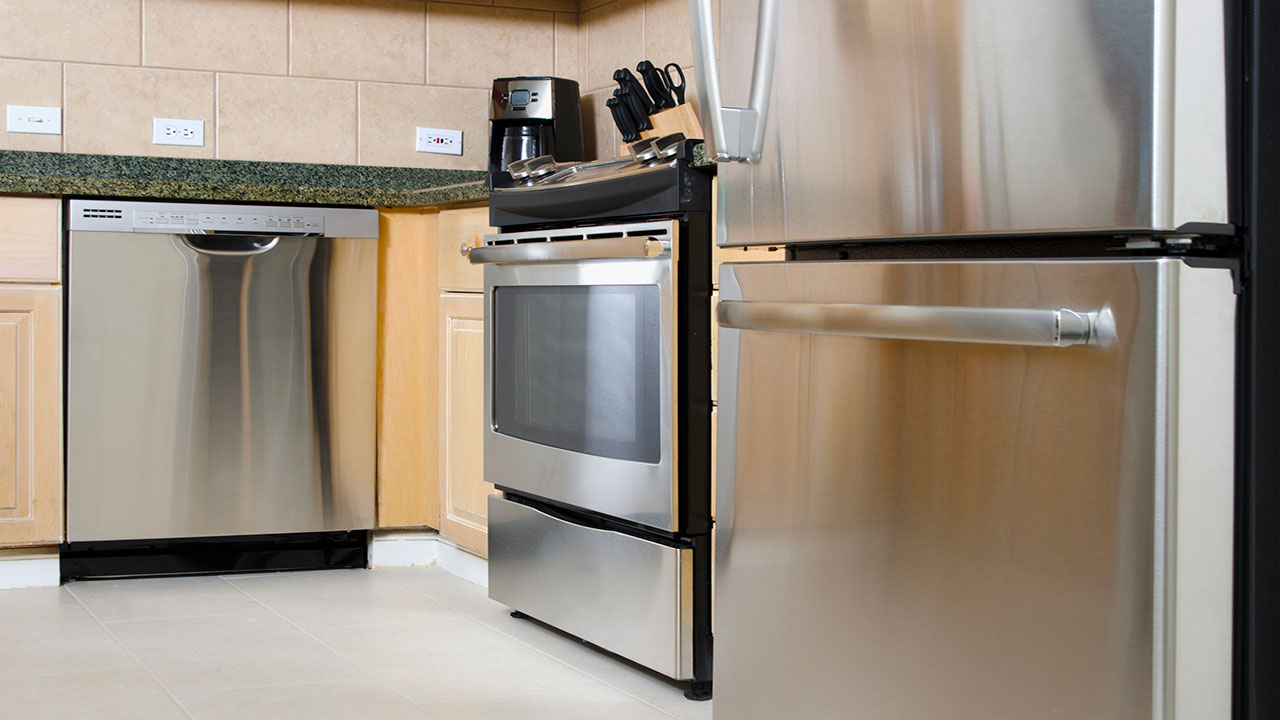
You’re ready to buy a new home, and you’ve narrowed down your choice to a property within a planned community. Many buyers opt for this unique type of housing option considering all the perks that tend to come with it. These neighborhoods are typically well-maintained, offer a number of nearby amenities like golf courses and parks, and some communities even provide complimentary Wi-Fi throughout.
Certainly, planned communities offer a number of benefits that many homebuyers look for. But before you plunk down your deposit on a home located in this type of setting, there are a few things you should know about planned communities first. Like any other major financial investment, it’s important to know all the ins and outs about what you’re buying before you commit.
1. There Will Be Fees to Pay

Any planned or gated community will require that all owners pay a monthly fee in exchange for maintenance of common areas and amenities that are exclusively offered to owners. But the amount of this fee could make or break your decision to buy into a specific community. Be sure to understand exactly how much these fees are. In addition, try to find out what the possibilities are for these fees to increase in the near future.
It’s important to understand that these fees are typically reflective of the types and number of amenities that are offered within the communities. Generally speaking, communities with fewer features charge a lower homeowner’s association fee, while communities with more to offer tend to come with higher HOA fees.
You should also take the time to verify whether or not certain amenities will require a separate fee. For instance, some communities that are located on golf courses may charge a membership fee on top of the HOA. Just be sure to consider all applicable fees before you make an offer.
2. Amenities May Be Too Little or Too Many For What You Need
As already mentioned, HOA fees generally reflect the number and types of amenities offered to owners. But what exactly are the amenities featured in the community, and will you actually make any use of them?
Since you’re essentially paying for what you get, make sure you’re not paying more than you need to. It might not make much sense to pay for a pool, fitness room, ballroom, or golf course if you never plan on making use of such amenities. The thing is, you’ll be paying for them through your HOA fees whether or not you use them.
On the other hand, maybe you want to have all of these amenities and more, but the community you’re looking at only has a park and a walking trail. Is that going to be enough to suit your lifestyle?
Take a tour around the community and assess the amenities before you submit an offer. You want to know exactly what you’re getting and what you’re paying for.
3. Deed Restrictions May Limit Your Enjoyment

Planned communities come with a set of deed restrictions and for good reason. They’re meant to protect the value of the properties within the community and the neighborhood as a whole. By restricting what owners can and cannot do, properties will have to be maintained in such a way so as to ensure their values are upheld.
But as useful as such restrictions may be, they can also hinder your enjoyment of your property and your freedom to decorate or do with your property as you please. For instance, it’s not uncommon for planned communities to place restrictions on owners in terms of the colors they’re allowed to paint their front doors, the number of type of pets allowed, the type of landscaping permitted, or what sorts of vehicles can be parked on the driveway, to name a few.
You’ll want to know if you can live with the community bylaws before you buy. Not only that, you’ll also want to know what these rules are so you don’t inadvertently break any. Find out exactly what the deed restrictions are in the planned community you’re considering buying into before you finalize your purchasing decision.
4. Further Development May Be in the Works
Planned communities are usually built in phases, allowing homeowners to move into the community as each phase is completed. If you’re buying into the first phase of development, that means additional phases are in the works. That means you’ll be living in the middle of construction for a while until the community has been completed. However, you may be able to get a better deal on a home that still has yet to sell out, making buying in the first phase a potentially ideal situation in terms of money.
In addition, you’ll want to make sure that the promised amenities will actually be built, even though they’re not yet constructed before you move in. Some developers may not finish building all the amenities that were promised until the entire community is near completion.
5. The Reserve Fund Will Need to Be Assessed

Your regular monthly HOA fees are one thing, but then there’s a reserve fund that needs to be assessed. This fund is essentially a large sum of money that’s kept on the back-burner to be used for major expenses, such as replacing a pool or refacing the roads. These types of jobs are not covered under HOA fees and will need to be paid for through the reserve fund.
If this fund is inadequate, all owners – including you – will be on the hook to make up the difference. That’s why it’s important to assess the state of the reserve fund to make sure it’s beefed up enough to account for any major work that will have to be done in the future.
6. There’s a Homeowner’s Association to Deal With
Homeowner’s associations are there to help all homeowners ensure that the property values are upheld and that the community and all amenities within it are maintained appropriately. Any time you have a problem associated with our home and the surrounding community, the HOA will deal with it for you.
But on the other side of the coin is your reliance on the HOA to do everything for you relating to your home or community, even if you’d rather handle things on your own. If you’re not the type to just hand things over to someone else to deal with, having an HOA to answer to may not be your cup of tea.
7. You Risk Losing Your Home if You Fall Behind on HOA Dues

Falling behind on your mortgage payments isn’t the only way to foreclose on your home: failing to pay your HOA fees every month can also leave you fighting to hold onto your property. This is yet another big reason why you’ll want to make sure the fees associated with a home in a planned community fit well within your budget.
The Bottom Line
Planned communities are definitely very attractive housing options for those on the prowl for a new home. All your amenities are within walking distance and are exclusively for you and your neighbors to use.
These areas are generally well-maintained and ensure homeowners don’t bring down the value of the neighborhood due to lack of maintenance or poor choice in decor. But the restrictions and HOA fees can be enough of a deterrent to opt for freehold properties that don’t come with such drawbacks. Speak with your real estate agent in depth to help you determine whether or not living in a planned community is right for you.




